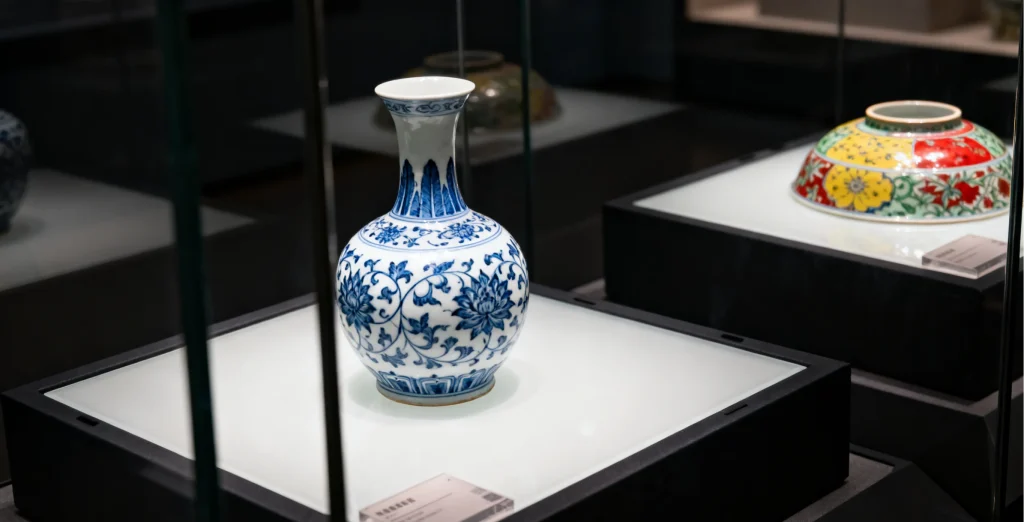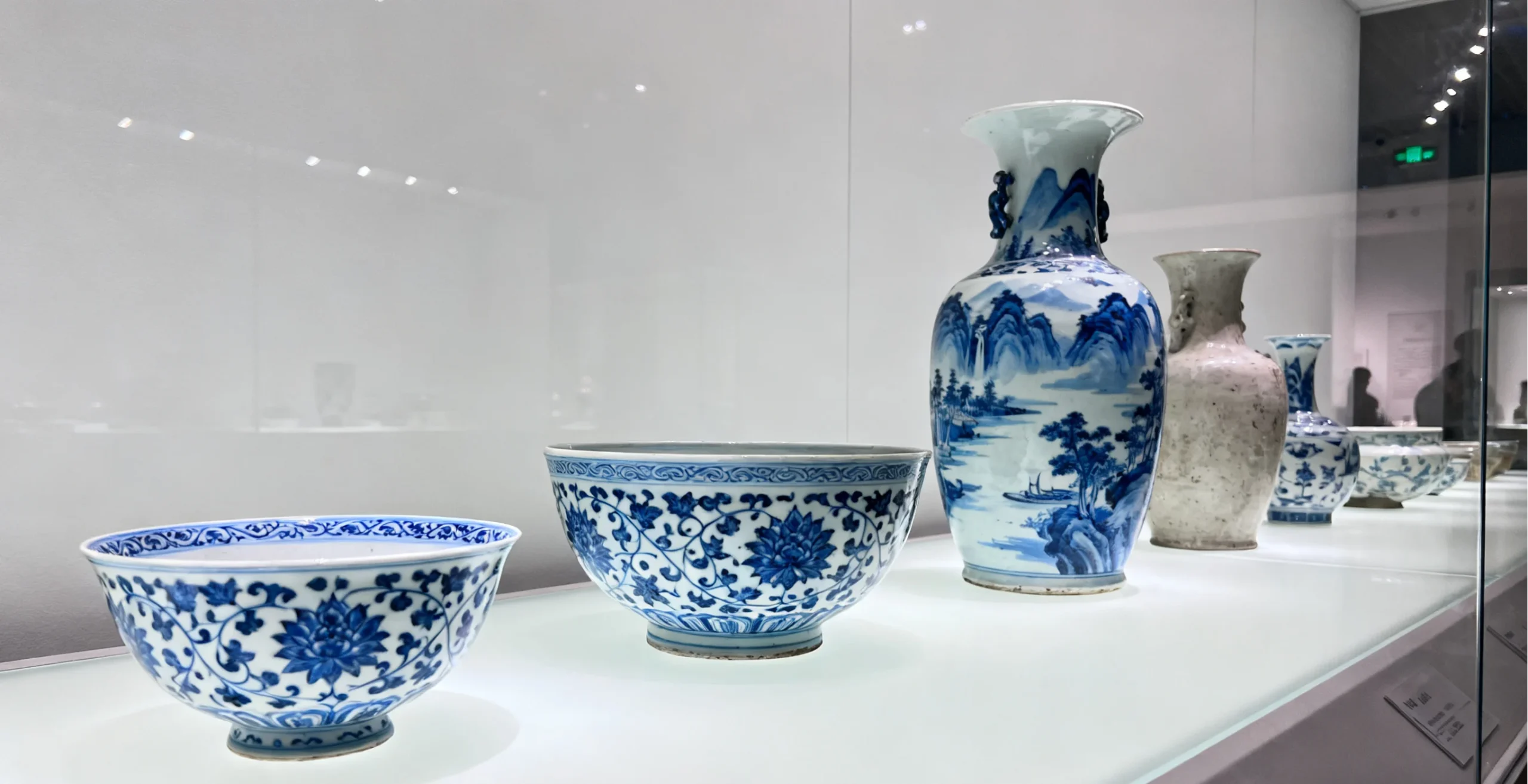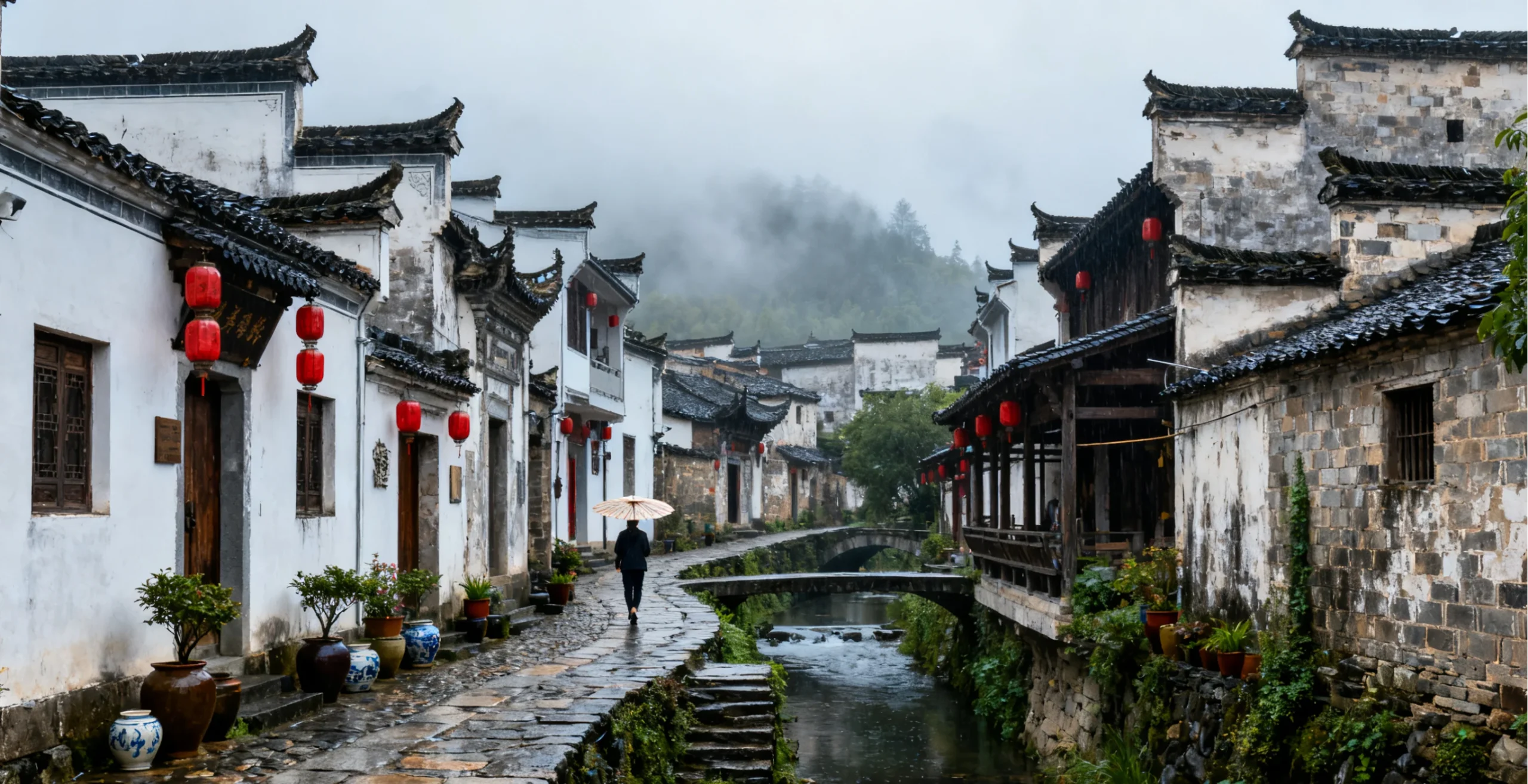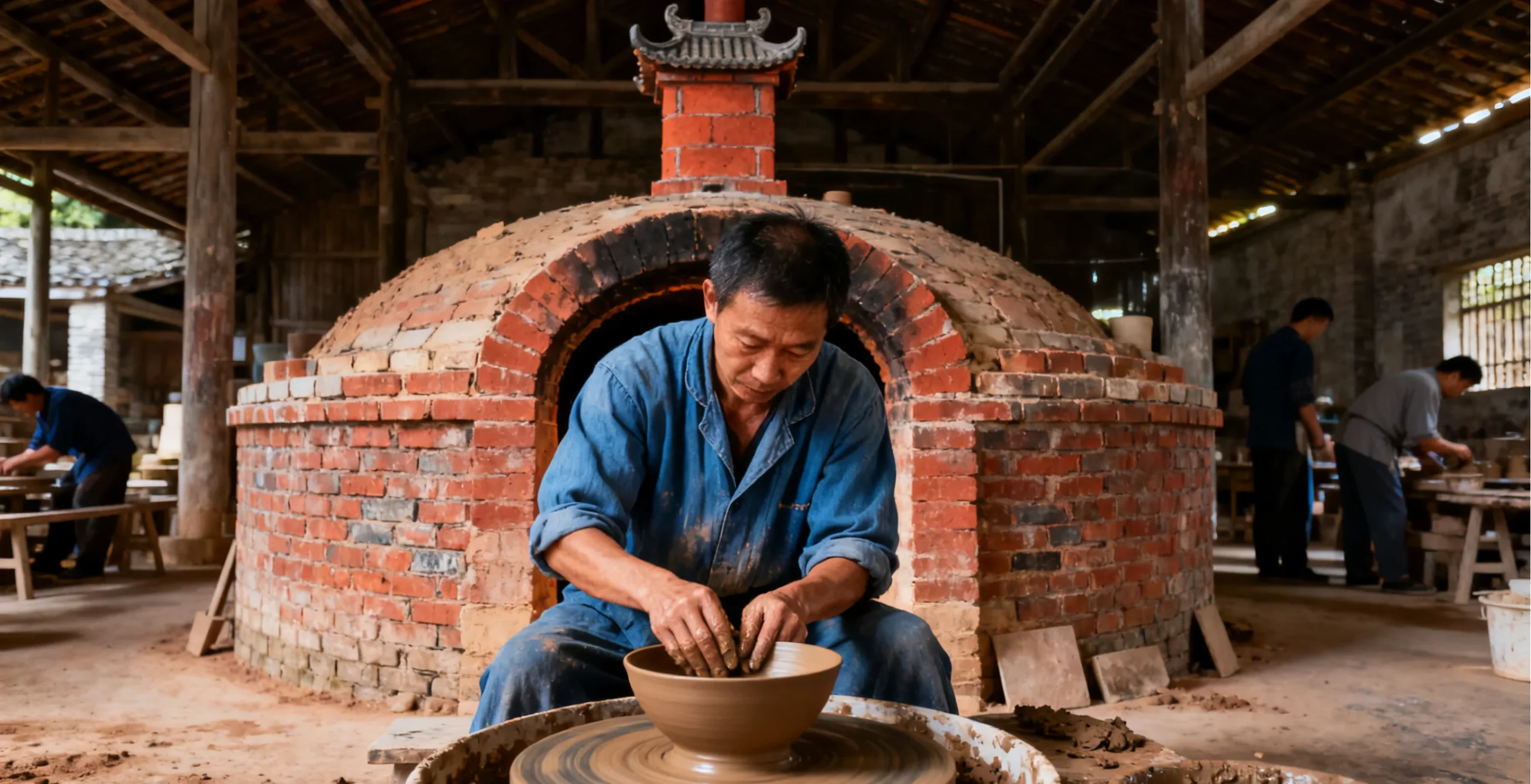Jingdezhen—a city named after an emperor’s reign title—is hailed as the “Millennium Porcelain Capital.” It is not only an honor bestowed by Emperor Zhenzong of the Song, but also a temple of art where earth and flame intertwine. For hundreds of years, the kiln fire has never ceased and craftsmanship has remained steadfast, refining the most ordinary clay into porcelain as warm as jade and resonant as a chime—turning it into the “white gold” that connected East and West. Strolling here, you can touch the warmth of history at ancient kiln sites, feel youthful energy at the creative market of Taoxichuan, and seek simple poetry in the misty rain of Yaoli Ancient Town. Jingdezhen is not just a city—it is a living epic of ceramics, waiting for you to read, to listen, and to feel.
-
12 seats car
-
6-12people
-
low
-
Jingdezhen
-
autumn
-
no
-
English, Spanish, French, Korean, Japanese, etc.
-
1
-
80
Walking through Jingdezhen is to step into a ceramic art dream that spans a thousand years. In the morning, at the Ancient Kiln Folk-Customs Museum area, watch master craftsmen shape earth into eternity with deft hands. In the afternoon, wander the Taoxichuan Cultural & Creative District; within the red-brick factory buildings, sparks of young creativity converse deeply with the ancient soul of porcelain. At dusk, slip into the Letian Market at the Sculpture Porcelain Factory, and feel the warmth of handmade works in each unique piece. In Yaoli Ancient Town, bluestone lanes wind through stories of the Ming and Qing; the modern architecture of the Sanbao Art Community harmonizes with mountains and waters; and under the night sky of the Imperial Kiln Site, it seems the heartbeat of firing masterpieces for the emperor still echoes. In this city tempered by kiln fire, every glaze tells of inherited craftsmanship, and every shard glimmers with the light of civilization—inviting you to hear the epic composed by earth and flame.
Visit the Jingdezhen China Ceramics Museum, which systematically collects and displays ceramic treasures from the Neolithic period to the present. If you want to understand the history of Chinese ceramics, this is the best classroom; the museum treasure, the Yuan Dynasty Blue-and-White Meiping with Peony Scrolls, is not to be missed. If the Imperial Kiln Museum tells of the “ultimate pursuit of imperial-use porcelain,” then the China Ceramics Museum tells a “complete and grand epic of Chinese ceramics.” It provides you with a systematic knowledge framework, so that every subsequent exploration in Jingdezhen becomes a vivid annotation to this epic.
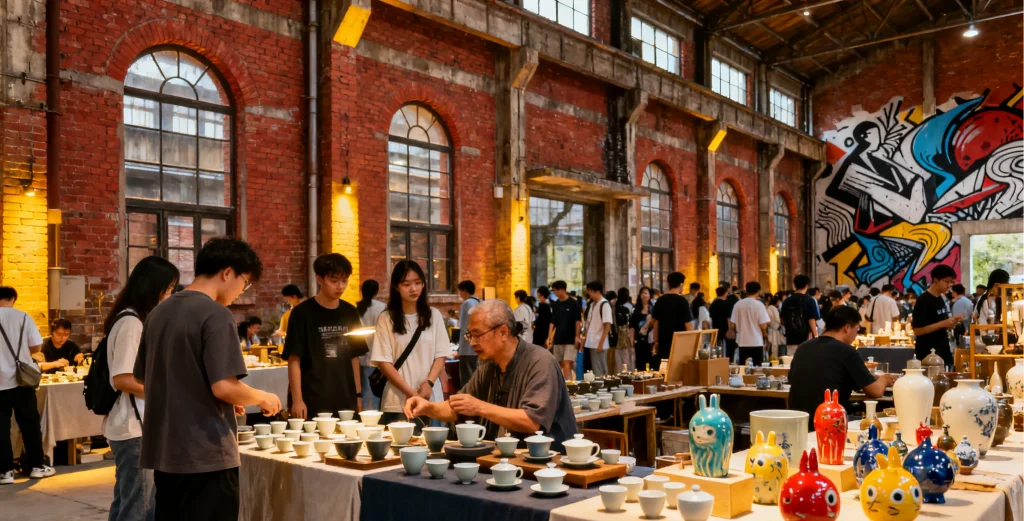
In the afternoon, head to the Taoxichuan Cultural & Creative District, an arts quarter transformed from old porcelain factories, where red-brick workshops and soaring chimneys blend perfectly with modern design. It is a fashion landmark of Jingdezhen, and you can personally experience the process of making ceramic handicrafts here. Then visit the Imperial Kiln Site Park and Museum, and, toward dusk, appreciate the play of light and shadow on the architecture.
